Fighting for your life takes a lot of energy and it’s perfectly normal to not have physical or mental stamina to keep up a high intensity fitness routine when diagnosed with a major illness. When I was diagnosed with breast cancer at age 27, I was in the best shape of my life. I was eating clean, working out daily (cardio & Pilates) and I felt amazing. Sadly, with the stress and physical recovery associated with my surgeries and chemotherapy treatment, my fitness routines and clean eating fell to the wayside. Now, a year and a half later I am back on track, feeling great and I am bringing you 6 tips for how to maintain exercise routines during treatment and how to get back on the fitness train if you’ve fallen off.
I will start off by saying that stopping exercise completely, can have a drastic impact on your physical and mental well being. I highly suggest continuing some kind of physical activity during your treatment, even if it’s just a slow walk around the neighborhood, some light stretching, or a recumbent bike at home. This approach will help you maintain some of your physical stamina, lessen your side effect symptoms, and can improve the mental challenges (anxiety, stress, depression) generally experiences by those facing a major illness.
So how do you do this? In my case, there were a few important lessons that I learned during and after treatment. I hope that you find these tips I share below helpful. Please keep in mind that each person is different and it always good to discuss changes to your fitness and health routines with your doctor, especially following surgery of any kind.
Exercise Ball / Tank / Sports Bra / Leggings / Sneakers
One of the hardest parts about exercise during treatment and following is being unsure about your abilities or worried about hurting yourself. Take time to get to know your body in order to get over this hurdle. Start with light stretching and minimal movement to a point where it feels comfortable, but not painful. The more you explore your body, and learn what feels good, you will become more comfortable with physical activity. With time, you will be more in tune with your body, which will allow you to increase the intensity and frequency of your exercise.
Exercise Ball/ Sports Bra / Leggings / Sneakers
Maintaining exercise during treatment or restarting afterwards may call for adjustments. Once you have explored your limitations and are a little more familiar with your body, pick a low key exercise to start with and try doing a little at a time. Jumping right into running a marathon after a surgery or expecting yourself to keep up normal exercise routine during chemo could lead to disappointment. Try to listen to your body and adjust accordingly. Some days you may be fully energized and ready for a long run, while other days, yoga or light weights might be best. As you feel comfortable try to extend your work out a little longer and add a new challenge like more weight or a longer distance. Little by little you will begin to notice process.
Make your workouts fun. Explore new activities like Zumba, pilates, swimming or running to find out what brings you enjoyment. When the activity is enjoyable, you’ll be more likely to do it more often. There are so many ways to move your body without it being a chore. If you don’t like formal exercise, try a sport or hiking with a friend. Having a workout buddy can make the activity more fun and helps hold you accountable. When you make fun healthy activities part of your daily routine, it will become easier to maintain the habit overtime. Music is another way to make exercise fun. I absolutely love Zumba music and as soon as I got back in the habit of listening to it on Pandora, I found I was more motivated to move, dance and eventually run. Make a fun playlist and move that body of yours to the beat.
Tracking your progress will really help you notice small improvements. It make take you longer than you would like to regain muscle and build back up to your pre-cancer endurance and ability, but tracking your progress helps manage the process. Taking progress photos or tracking metrics of some kind (steps, miles, etc) can be really motivating. Try to stay away from the scale as those numbers are not eh only means of success and can lead to more discouragement, especially if you have gained weight during treatment, like I did. Another way to track progress is to do a wellness journey and track how you feel after exercising. Noting that you feel better mentally and physically will help you keep going. Try to stay focused on the larger goal – whole health wellness and a strong body and not a number on the scale.
Tank / Leggings / Sneakers / Jacket
Celebrate!!! Make sure to stop and celebrate your successes, no matter how small. As I eased back into exercise, I would text a fellow survivor friend after my walks or runs and we would remind each other of how far we had come. Even if you start small, every step in the right direction is worth celebrating. Over time, adjust your celebrations to match your pace and maintain your motivation. During treatment your milestone may be difference as you adjust to accommodate your energy levels. Think of fun rewards for yourself as well. Try to stay away from food. Instead try something like a new workout outfit, a massage, or a fun trip with a friend or loved one. Anything to celebrate your growing strength and wellness and help keep you motivated.
Exercise Ball / Tank / Sports Bra / Leggings / Sneakers / Yoga Mat / Outdoor Exercise Mats
The hardest part of the fitness journey is patience and self-love. During treatment and beyond you may feel angry at your body or betrayed. Learning to love your body again takes time and dedication. It doesn’t happen overnight, but the more you take steps to care for your mind and body, the more connected you will feel. Maybe write some self-empowering mantras on your mirror or on your phone. Surround yourself with the same patience and love you would show a close friend. With time, you will feel strong, empowered and fit once again.
I hope you found these 6 tips helpful. I would love to know what else helped you during and/or after cancer to maintain a fitness routine.
This post is brought to you in collaboration with New Balance Lace Up for a Cure, a Division within New Balance focused on supporting breast cancer survivors and fueling research to cure this horrible disease.

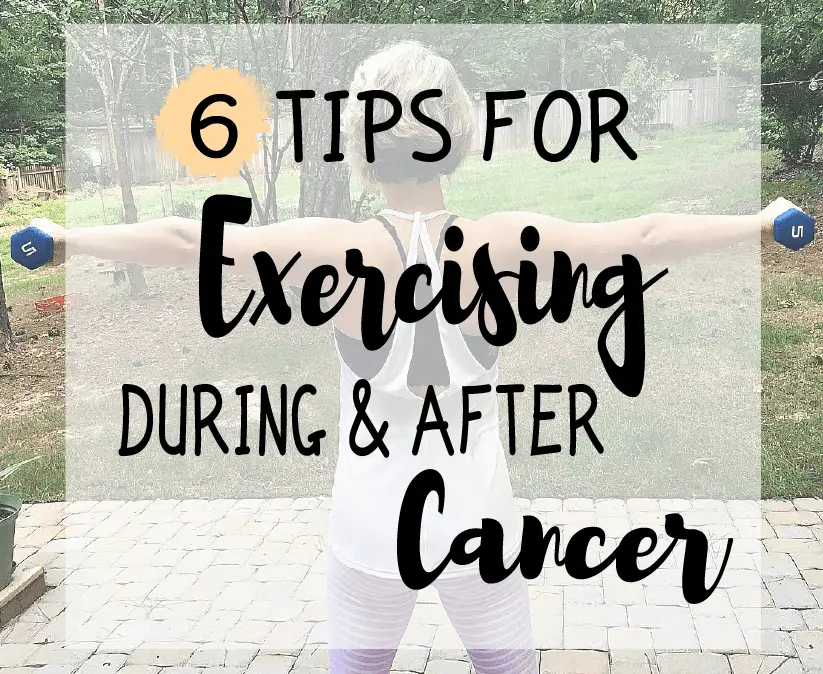

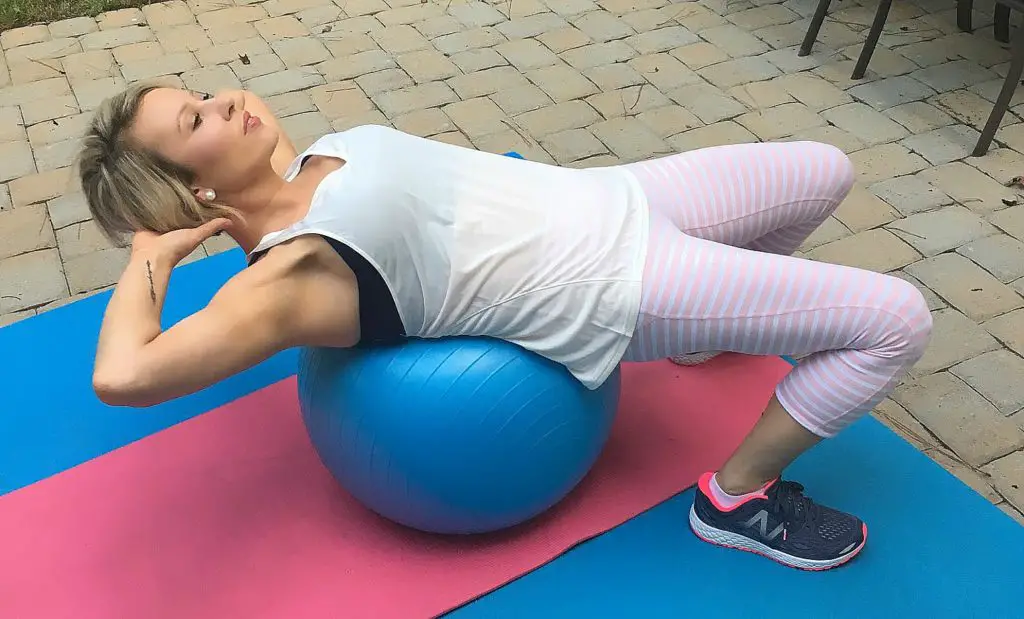

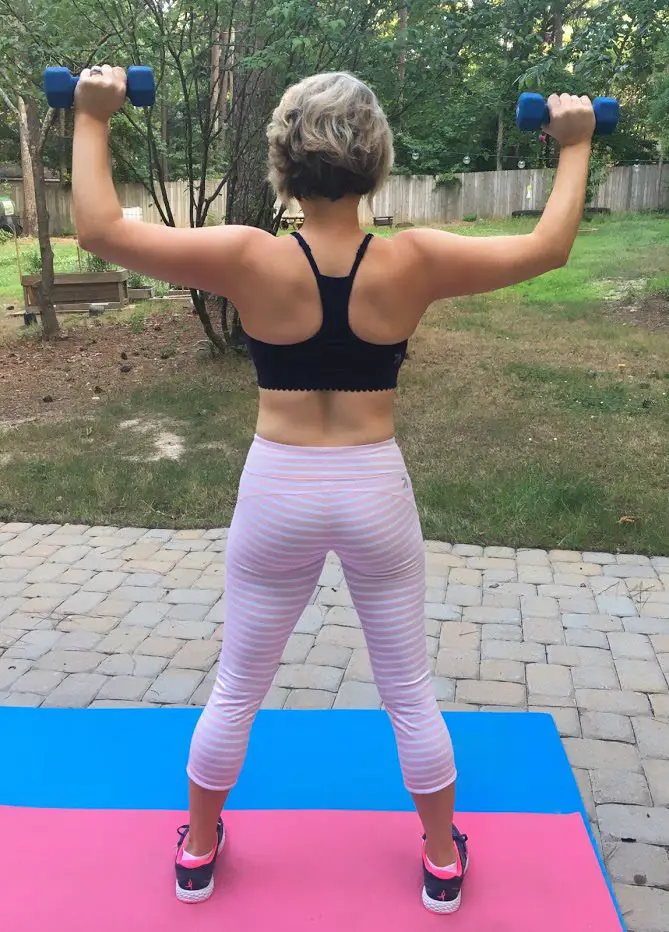
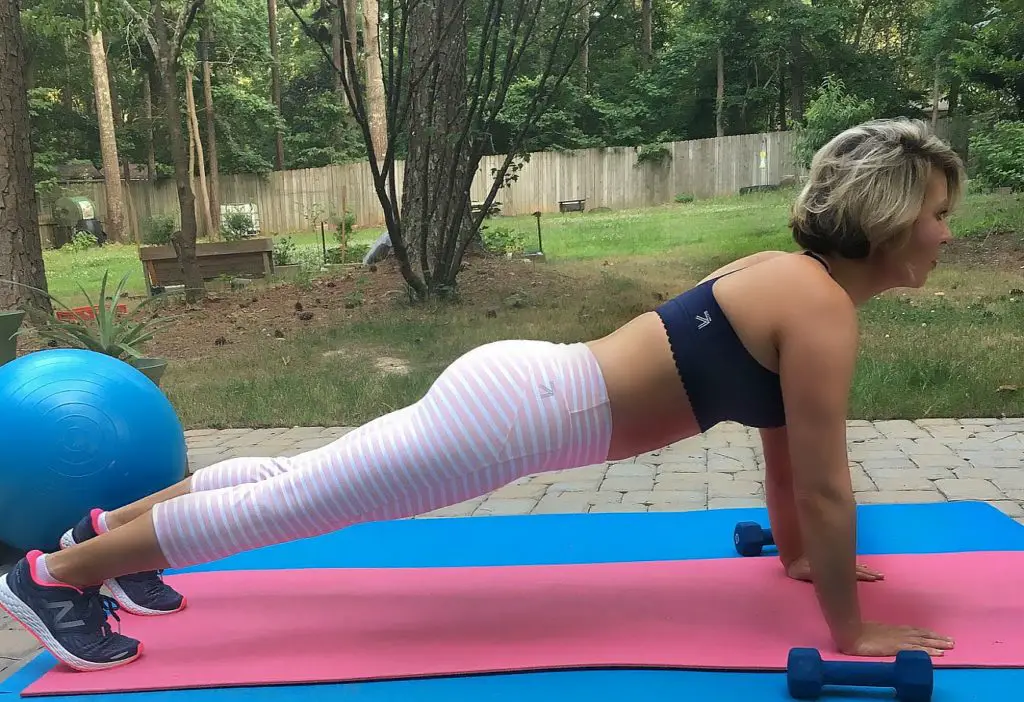



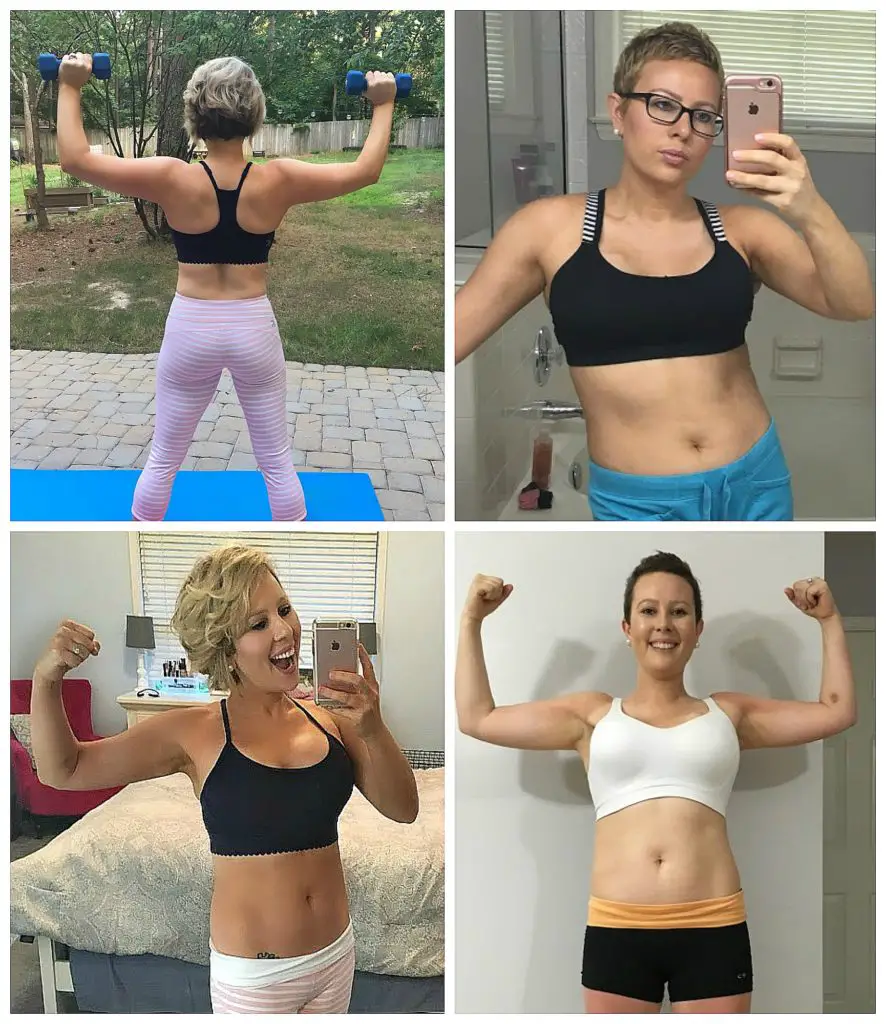

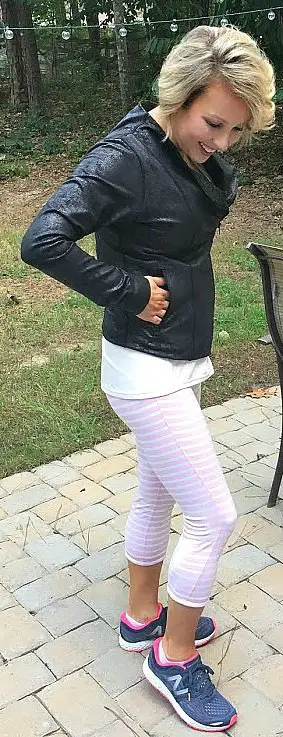

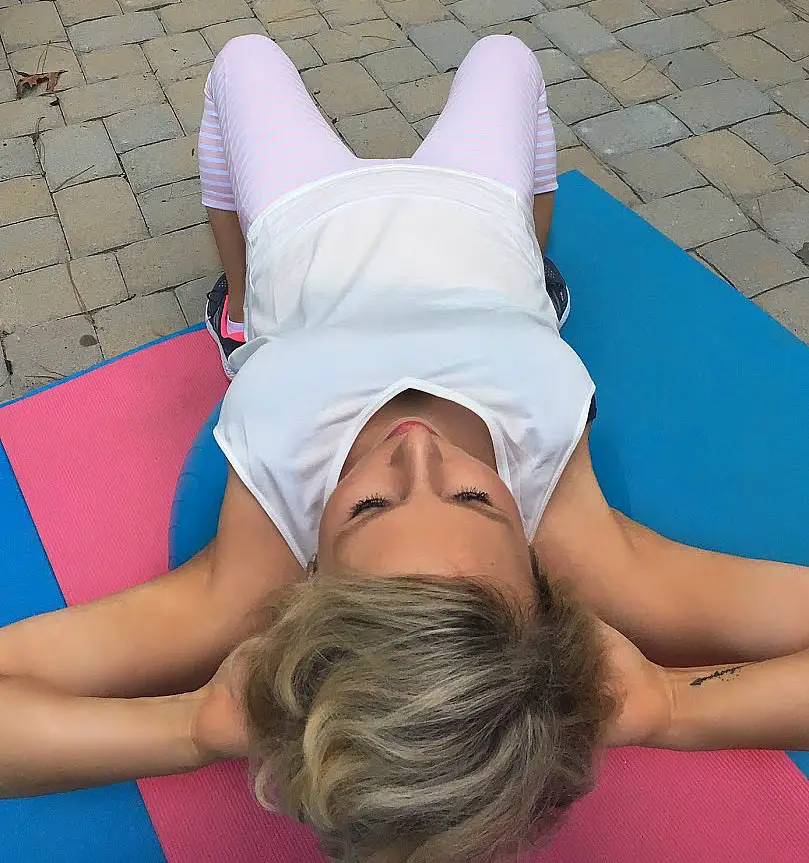
8 Comments